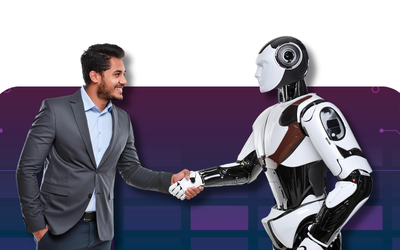
Advanced Microcontrollers for Embedded Systems
March 15, 2019
Distinguish between AVR and ARM Microcontroller
March 22, 2019Linux Internal in Embedded System: Generally, the Linux operating system is used in desktop, servers and embedded systems. In an embedded system, it is utilizing a real-time operating system. In the market, there are many products which use embedded Linux.
It is a type of Linux operating system or kernel which is designed to be installed and can utilize in embedded devices appliances. In fact, it is the compact version of Linux which offers services and features in line with the operating and application requirement of the embedded system.
Embedded Linux
Linux operating system running in the embedded system product, single board computer, and development board. Kernel response is in real-time. The main purpose of using the Linux kernel is to perform a particular function. Example of Linux which is running in video streamer is doing the function of converting video format into MPEG4 and sending video stream on the network. In fact, it is very clear from above that Linux Internal in Embedded System has to do a particular task, so the module added with components are also limited to the requirement of the applications in Microcontroller.
Why Linux is in Embedded System?
- Linux Internal In Embedded Operating System is a mature and stable alternative to the proprietary OS
- It supports a large variety of applications and networking protocols
- Linux is scalable which is utilizing in small memory space
- It is a royalty-free operating system
- Attract a large number of active developers, enabling rapid support if new hardware architectures, platforms, and devices
- Largely accepted by chip makers, hardware vendors, single board computer maker etc
Advantages of using Linux Internal in Embedded
Scalability: It can run on products as small as flash cards, boards to PCs and workstations to larger systems. This flexibility allows for easier upgrades and compatibility between various cards, boards, and system in a company.
Widespread Acceptance: It is free software and open source community, so millions of developers and programmers are familiar with the os. In fact, most of the people are likely to purchase the products which run Linux. As well as, more applications are available for Linux.
Easy Customization: Linux is easy to customize. Developers can pick and choose the features which they want to implement. Moreover, it is easy to add connectivity, I/O and other system-level features as per requirements.
Low Cost: It is less expensive when it is comparing to other operating systems. In fact, the real-time operating system is more expensive. As a matter of fact, it is a moving target with developers changing it by the minute, vendors must freeze a release of the operating system and then certify their products for that release.
Ready Support: Developers may get ready help with Linux issues at any time by taking advantage of free and expert technical support from Linux Users Groups, available in every country.










